As outlined in my previous post, I have recently been testing the Nikkor Z 400mm f4.5 VR S with 2x teleconverter and concluded that it is a usable combination that, while not as sharp as the Nikkor Z 800mm f6.3 VR S, is versatile and can deliver sharp, detailed files as shown above.
An issue I have become aware of and managed to reproduce is an area of purple flare dead centre in the frame when shooting a dark subject against a bright background. This was obvious enough for me to see in the viewfinder but only seems to occur in specific conditions. Unfortunately it is the type of condition that I look for for my Birds on White images. I’m thinking that it is lens flare but not the typical flare that you get when the sun strikes the front element of the lens and it may be diffraction related. The situation where I have seen it has been on very bright overcast days brightly lighting water and shooting a dark bird so to expose the bird correctly the background is “overexposed”. It results in a purple/blue spot in the centre of the frame over the dark subject. It has been present when shooting a flying bird against a bright white sky too.
These 2 images are full frame captures showing the purple spot is central in the frame and not iridescence on the bird. A bit confusing with this subject as Panango/NZ Scaup males do show green/purple iridescence on the head (but not the back as in the 2nd photo)
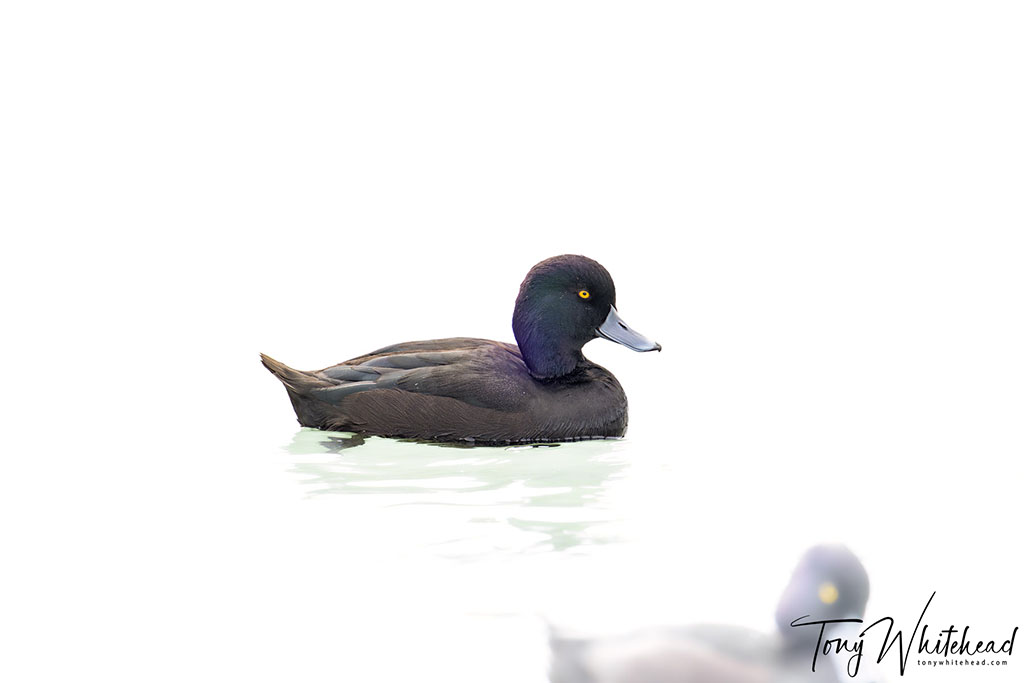
The purple area is not present when photographing just the water without a subject or photographing a pale subject which makes me wonder if it is related to short wavelengths diffracting around the edge of the dark subject. I did a few test shots of a static subject and this reproduces the central purple and smaller apertures make it more clearly defined and sharper.
Boosting saturation/contrast, dehaze on the f64 image shows the shape more clearly.
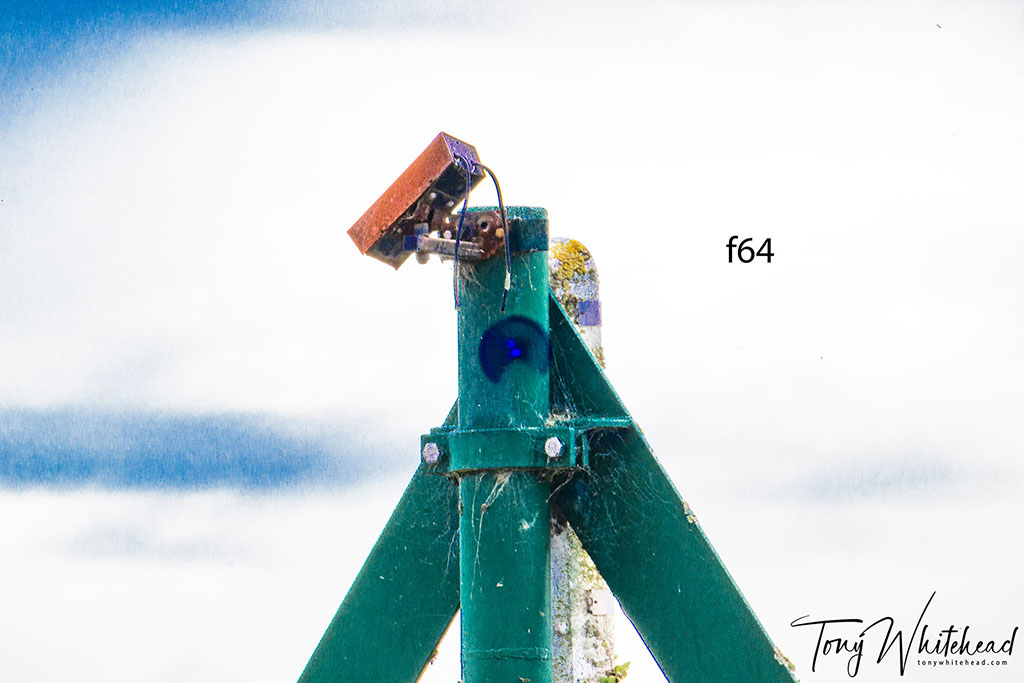
I would love to hear the thoughts and opinions of others more knowledgable about this. Theoretically I would like to understand the mechanism but practically it is just an issue to consider when choosing to use this combination. I have had no issue with front lit or side lit subjects but only in the severe backlight situation. One mitigating strategy is to shoot wide open to minimise the effect and decenter the subject if it is small enough in frame. Tweaking post processing is another option as shown in the next 2 images which were processed from the full frame files shown above.
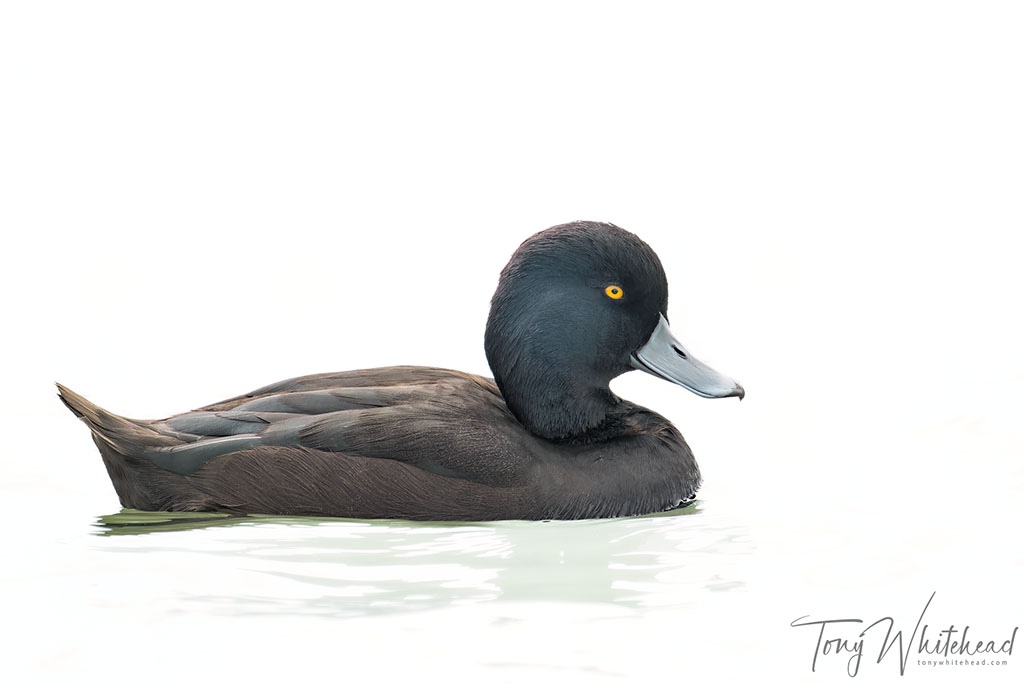
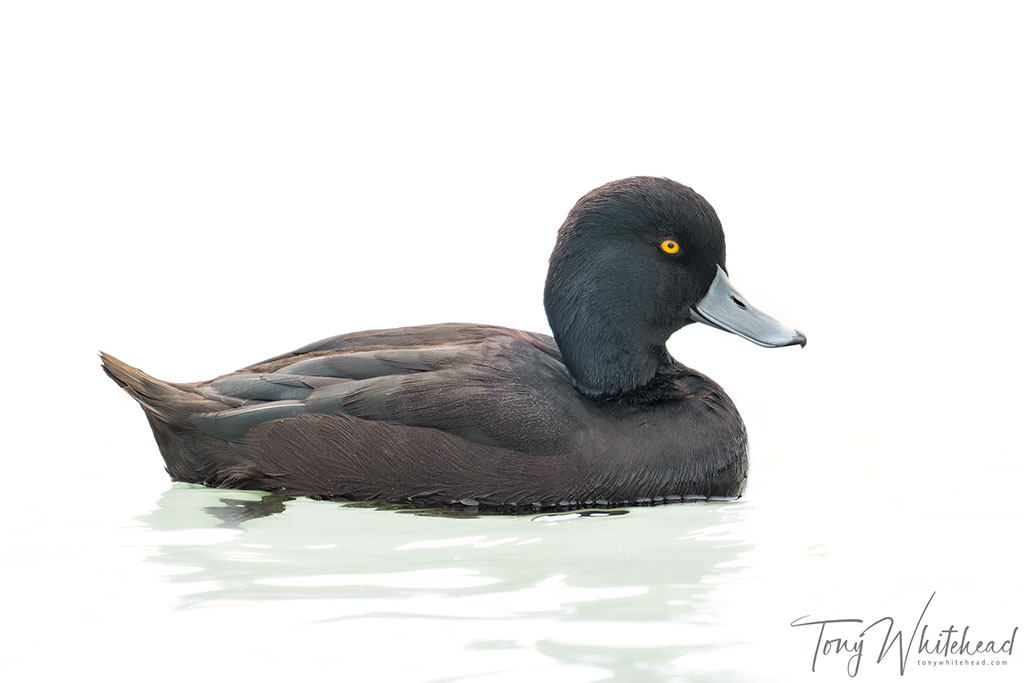
These 2 images were processed with the following Hue and saturation adjustments in Lightroom. These work for these specific images and are a good starting point for adjustment depending on the colour palette of the image.
I have not seen this when using the Nikkor Z 400mm f4.5 without the 2x teleconverter – images with the lens bare or with the 1.4x teleconverter in the same conditions have not shown anything similar so it seems related to the 2x teleconverter only in this specific lighting situation.
Please add a comment if you have any ideas on the mechanism for this artefact.
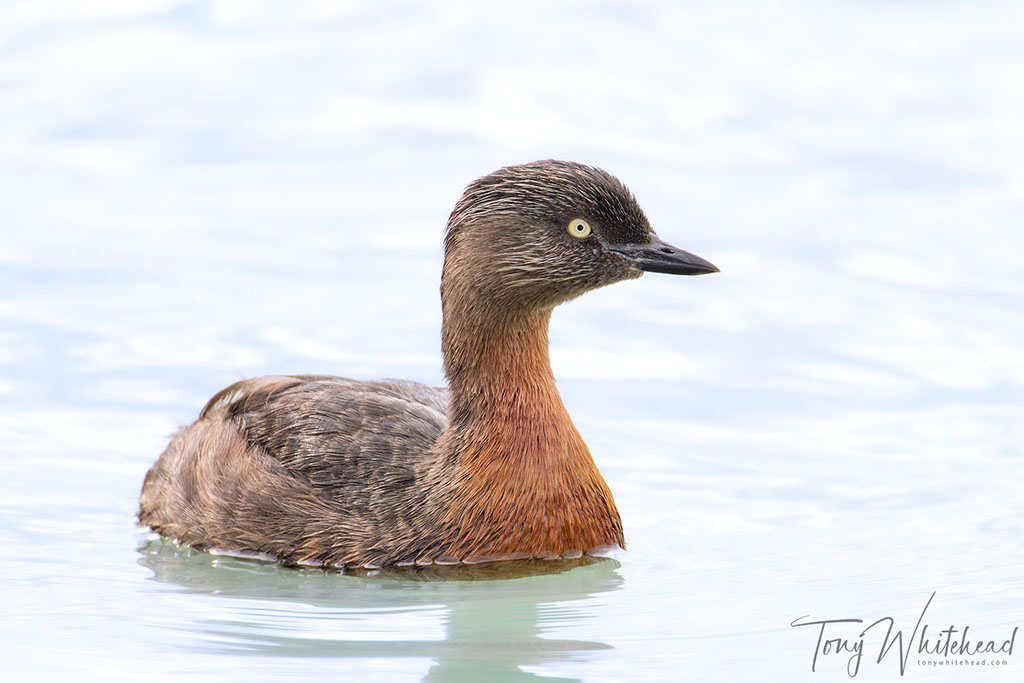
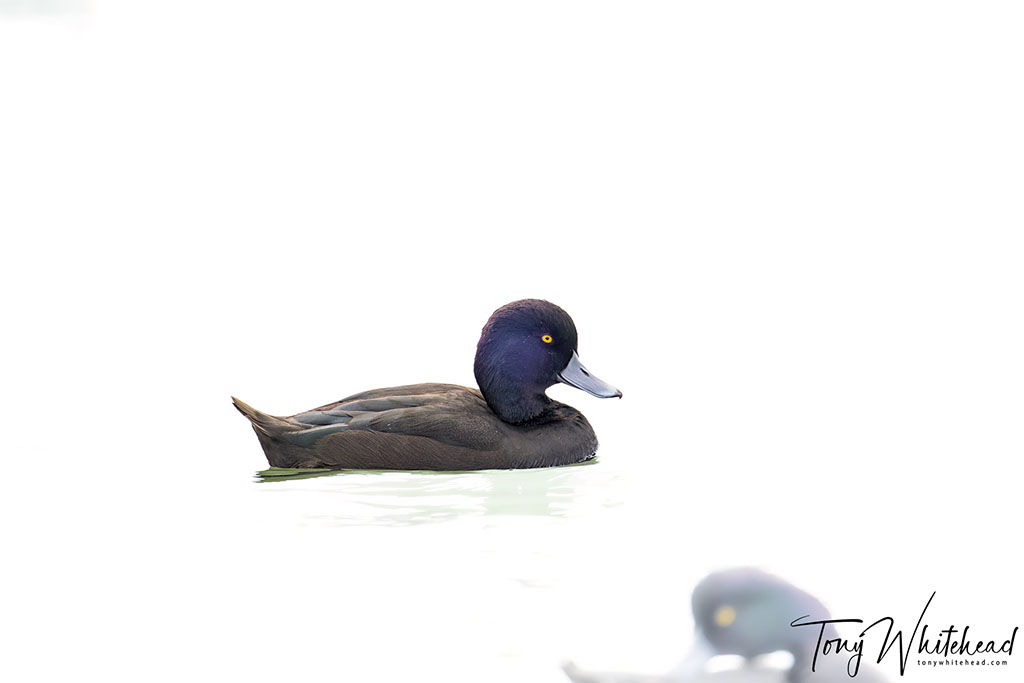
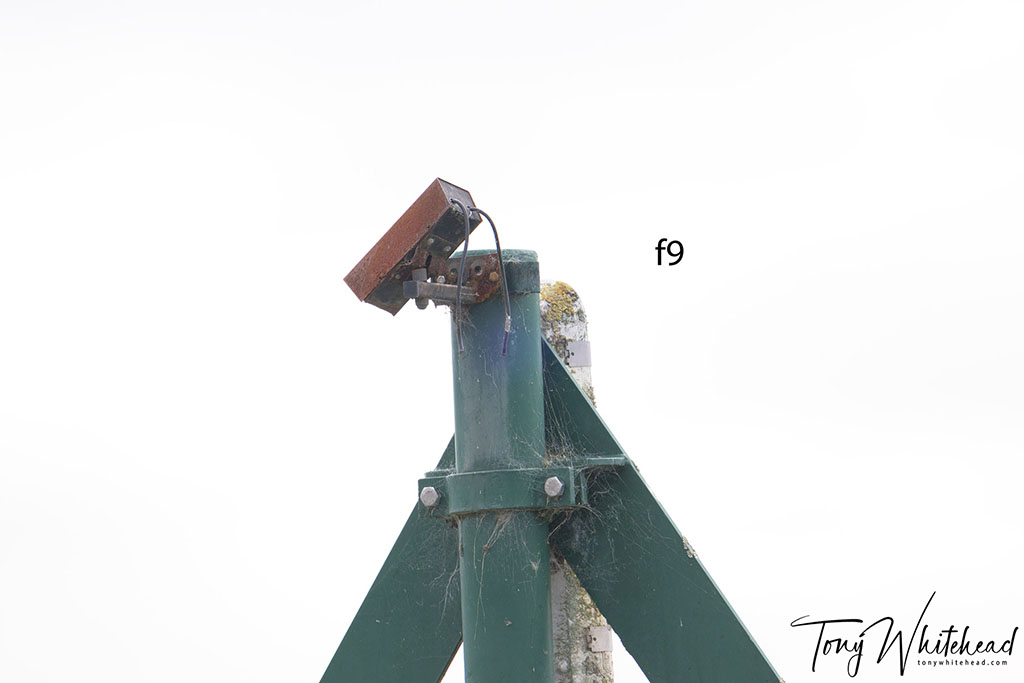
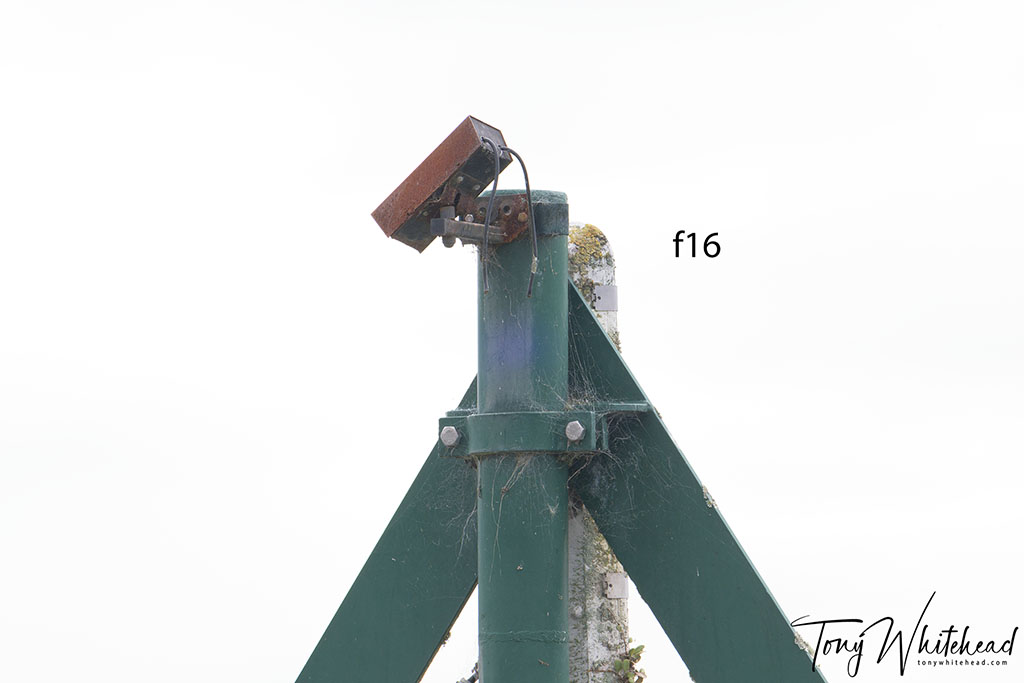
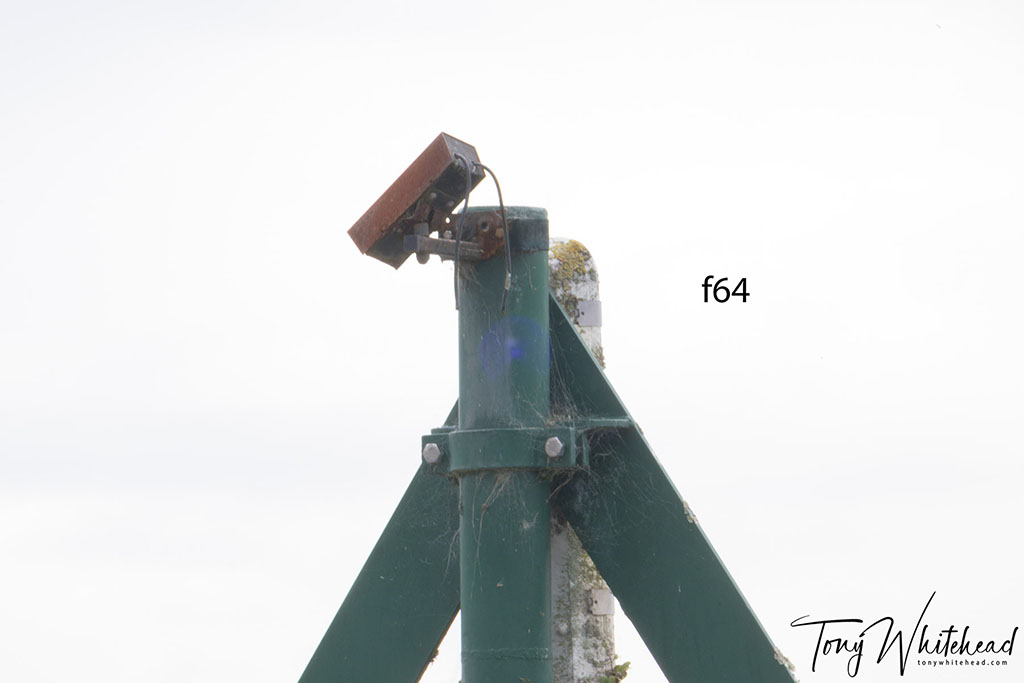
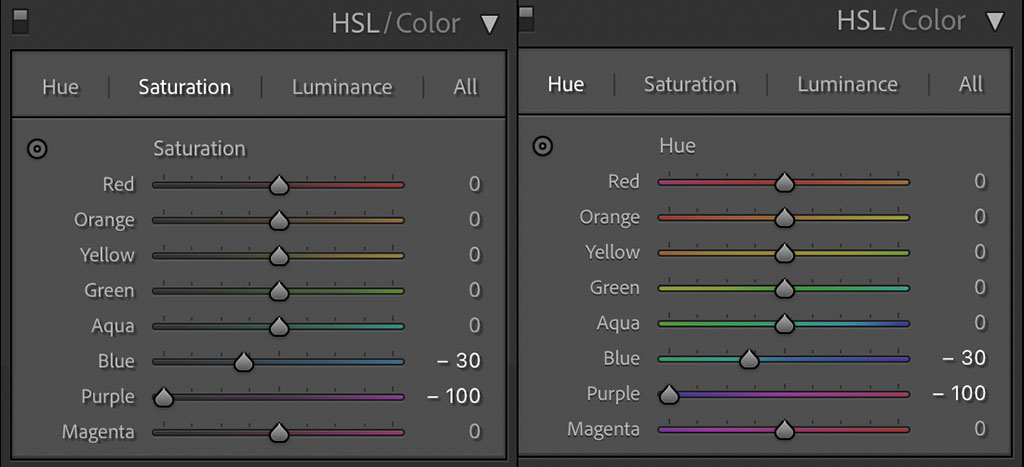
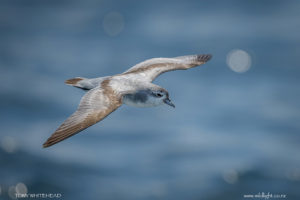
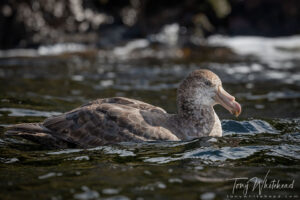
Alistair Owens
26 Apr 2023I don’t have the 2x converter, only the 1.4x so cannot offer any great revelation. However, I have noticed that crud on the 1.4 readily shows up in images when used with Z9 and 400/4.5. Faced with your observations, if you have not already done so, a thorough cleaning of the 2x would be my first port of call. Love that 400/4.5 BTW, great kayak lens.
tony
26 Apr 2023Thanks for your comment Alistair. It is brand new and perfectly clean so I don’t think that’s the issue. The 400 is a lovely lens. Very light and nicely balanced on the Z9.